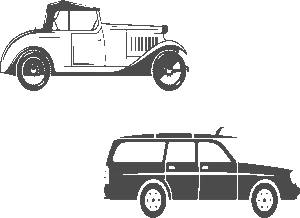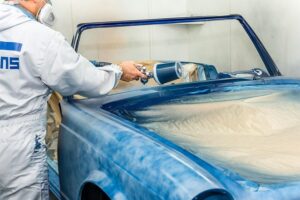Revive Your Antique Vehicle: A Comprehensive Restoration Guide
Assessing your antique vehicle's condition, budgeting for parts and labor, and deciding on DIY or professional methods are crucial steps before starting a select classic car restoration project……..
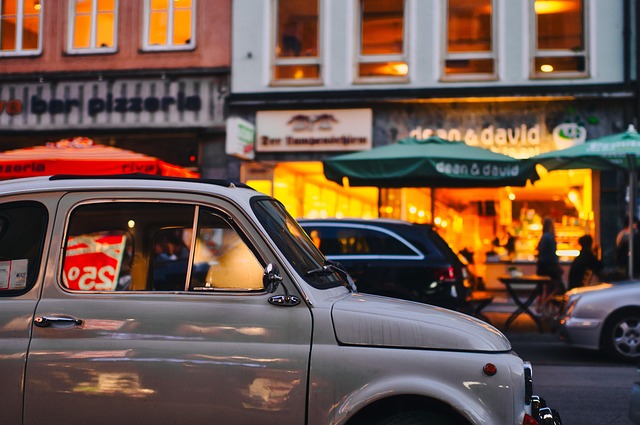
Assessing your antique vehicle's condition, budgeting for parts and labor, and deciding on DIY or professional methods are crucial steps before starting a select classic car restoration project. Conduct a thorough inspection, source authentic parts, and gather the right tools to ensure a successful and enjoyable revival process. Remember that each classic car is unique, requiring tailored care and expert guidance when needed.
Reviving an antique vehicle is not just about restoring a piece of history; it’s an art form that combines skill, patience, and passion. If you’re ready to embark on the journey of selecting and reviving your classic car, this guide will be your compass. From assessing its condition to final touches, we’ll walk you through each step, ensuring every detail is addressed for a successful restoration project. Get ready to transform a vintage gem into a sleek, running machine!
- Assessing Your Antique Vehicle's Condition
- – Understanding the scope of the restoration project
- – Identifying areas needing attention (bodywork, engine, interior)
- Gathering Essential Tools and Supplies
- – Essential tools for classic car restoration
- – Where to source parts and supplies
Assessing Your Antique Vehicle's Condition
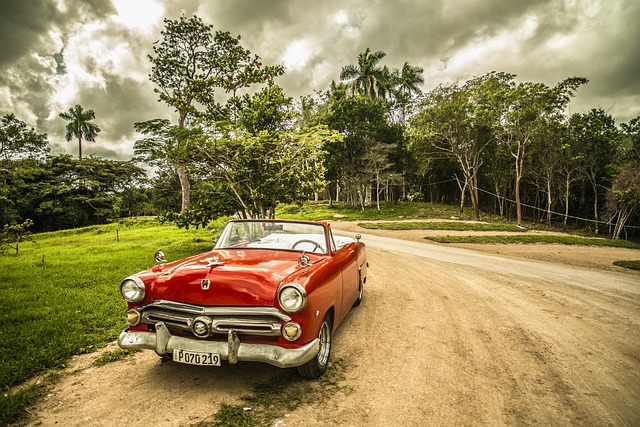
Assessing your antique vehicle’s condition is the first crucial step in any successful restoration project. Before you jump into restoring a classic car, take time to thoroughly inspect its overall state. Look for signs of rust, especially in hidden areas like floorpans and chassis. Check for cracked or missing body panels, faded paint, and worn-out mechanical components. This initial evaluation will help you understand the scope of work ahead and guide your budget planning.
When considering a select classic car restoration, keeping an eye on both traditional and modern techniques can be beneficial. Restoring classic cars on a budget is possible by focusing on DIY methods and using readily available parts. However, integrating modern technology in restoring classic cars can enhance efficiency and precision. Classic car restoration tips include documenting each step, seeking advice from experienced restorers, and prioritizing safety during the repair process.
– Understanding the scope of the restoration project

Reviving an antique vehicle is both an art and a meticulous process that requires careful planning and a deep understanding of the car’s history. Before diving into the restoration, it’s crucial to assess the scope of work involved. This initial step is vital as it determines whether the project is suitable for your skill set or if professional help is required. For instance, some cars may have intricate mechanical complexities or unique design elements that necessitate specialized knowledge and car restoration supplies for classics.
The restoration process can range from simple cosmetic enhancements like polishing the exterior and restoring a classic car interior to more extensive procedures such as engine overhauls and complete body transformations. When contemplating a project, consider your goals: do you aim for a functional daily driver or a show-ready masterpiece? This decision will guide your procurement of materials, from finding the right car restoration supplies for classics to learning techniques like expertly how to paint a classic car perfectly.
– Identifying areas needing attention (bodywork, engine, interior)
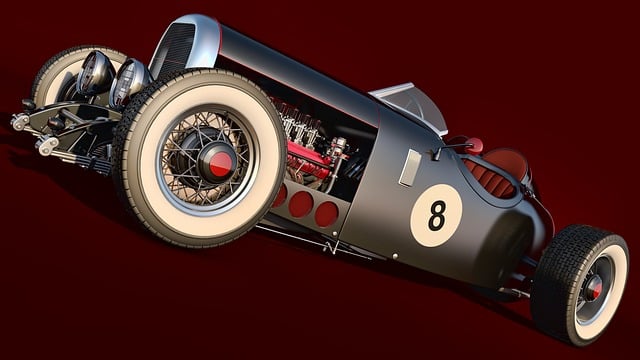
Before diving into reviving your antique vehicle, it’s crucial to conduct a thorough inspection and identify areas needing special attention. Start by evaluating the car’s bodywork—check for any signs of rust, dents, or damaged panels that need replacement or repair. A classic car’s engine is its heart; ensure it’s in good working condition or consider a complete overhaul if necessary. This includes checking for leaks, tightening connections, and potentially replacing worn-out parts. The interior should also be given the same meticulous care: restore or replace worn seats, clean and refurbish dashboards, and pay attention to details like door panels and floor mats.
For each component, consider the expertise required—some tasks, such as engine work or frame straightening (using vintage car frame straightening techniques), may necessitate professional help. If you’re planning on painting your classic car perfectly, research how-to guides and gather the right car restoration supplies for classics to achieve a smooth, durable finish. Remember that each vintage vehicle is unique, so tailor your approach accordingly.
Gathering Essential Tools and Supplies

Before diving into the exciting process of restoring your antique vehicle, it’s crucial to equip yourself with the right tools and supplies. This is a fundamental step for any successful restoring classic cars on a budget or restoring vintage cars step by step. Start by assessing the condition of your car and making a detailed list of what you’ll need. For beginners, focusing on essential tools like wrenches, screwdrivers, and paint supplies can make a world of difference in tackling basic restoration tasks.
Remember that selecting the right equipment varies depending on the complexity of the work involved. You might consider enlisting help from experienced restorers or friends with automotive expertise to guide your restoring classic cars for beginners journey. The right tools will ensure you can handle tasks effectively, ultimately saving time and money in the long run.
– Essential tools for classic car restoration
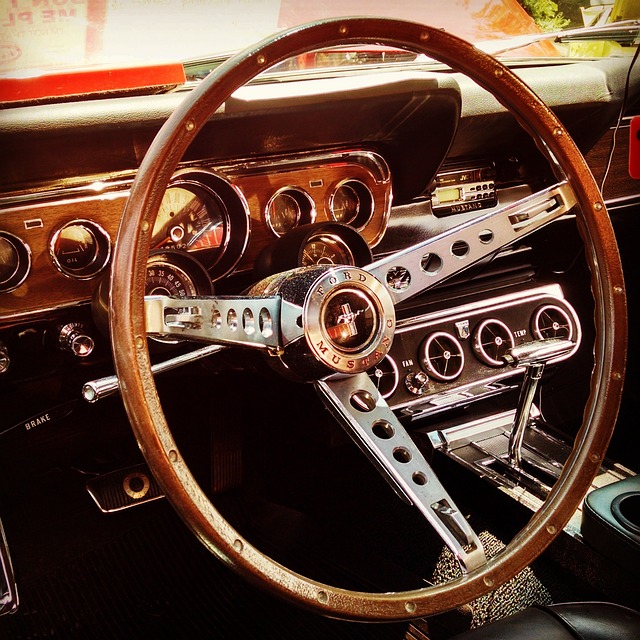
Reviving an antique vehicle is both an art and a meticulous process, requiring a well-equipped toolkit tailored for classic car restoration. Among the essentials are high-quality tools designed for delicate work, such as fine-tooth saws, precision screwdrivers, and specialized pliers. These tools enable restorers to navigate the intricate details of vintage cars, ensuring each piece is handled with care during disassembly and reassembly.
For those looking to restore their classic vehicles on a budget, it’s essential to source these tools from trusted suppliers or consider borrowing from car restorers near me, who often have extensive collections tailored for various restoration projects. Expert tips on classic car valuation can also guide enthusiasts in prioritizing repairs and investments, making the process more accessible and enjoyable.
– Where to source parts and supplies

Reviving an antique vehicle is a captivating journey that requires meticulous planning and the right resources. For those involved in classic car restoration, sourcing authentic parts is a crucial aspect. One of the best tools for classic car restorers is online marketplaces and forums dedicated to vintage vehicles. Here, you can connect with fellow enthusiasts who may have surplus parts or know where to find them. Many specialized suppliers cater specifically to restoring classic sports cars and vintage cars step by step, offering rare and hard-to-find components.
Local junkyards and salvage yards are also goldmines for unique discoveries. You might find outdated but usable parts that add character to your restoration project. Moreover, attending classic car shows and swap meets allows restorers to inspect various options firsthand and even negotiate prices. These events foster a sense of community among enthusiasts, making it easier to source rare supplies and connect with other passionate restorers.
Reviving an antique vehicle is a rewarding endeavor that allows you to reconnect with automotive history while showcasing your passion. By carefully assessing your car’s condition, identifying areas needing attention, and gathering essential tools and supplies, you’re well on your way to selecting the perfect classic car restoration project. With dedication and the right resources, you can bring this vintage gem back to its former glory, creating a lasting testament to your skills and love for these timeless machines.
